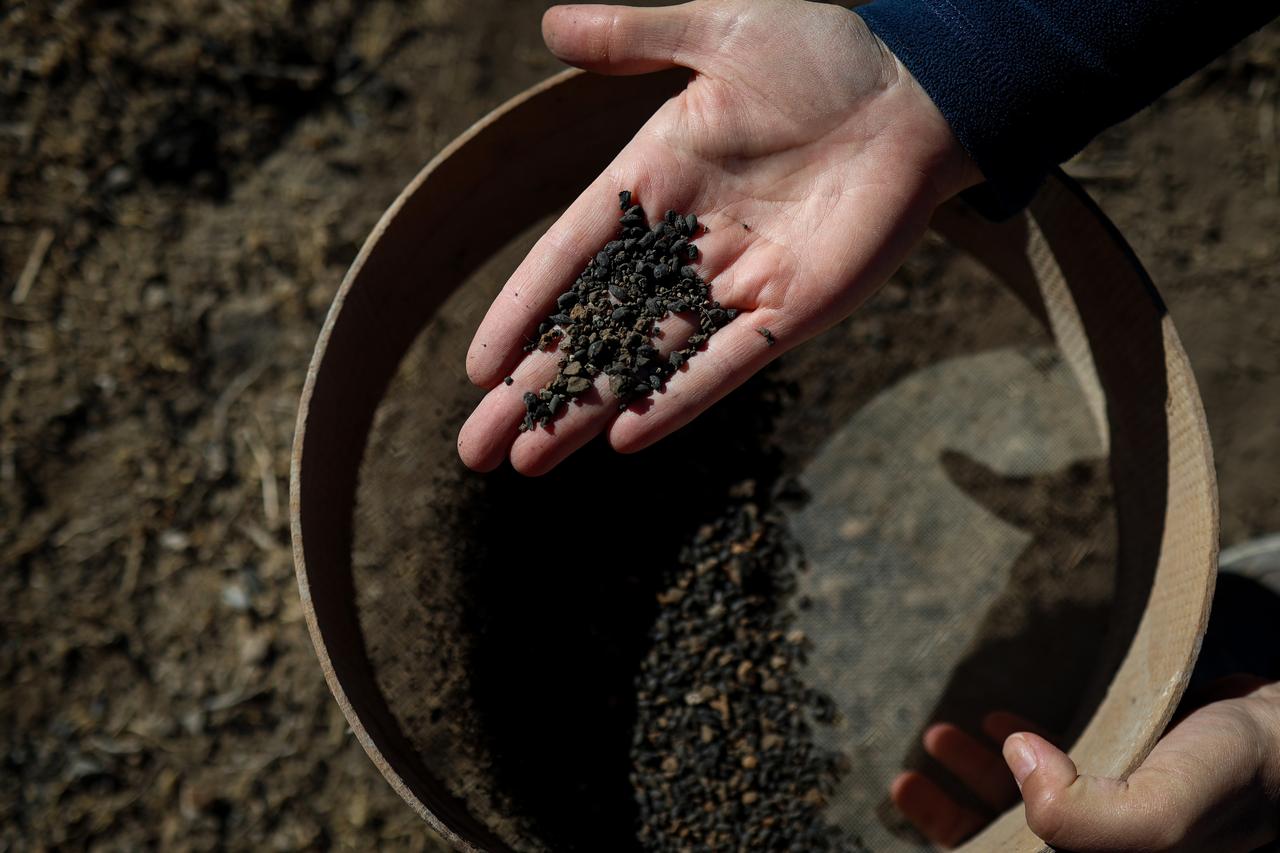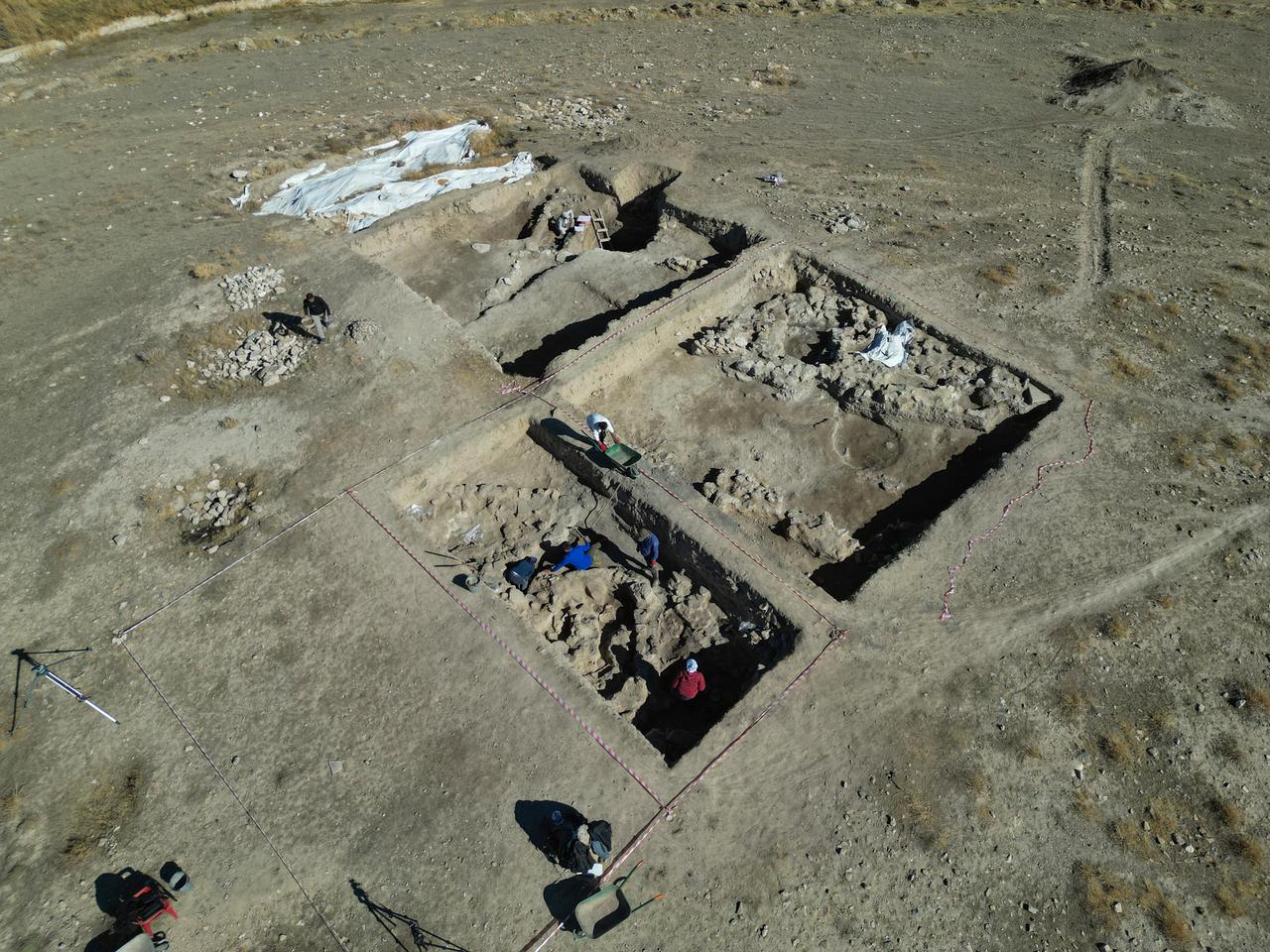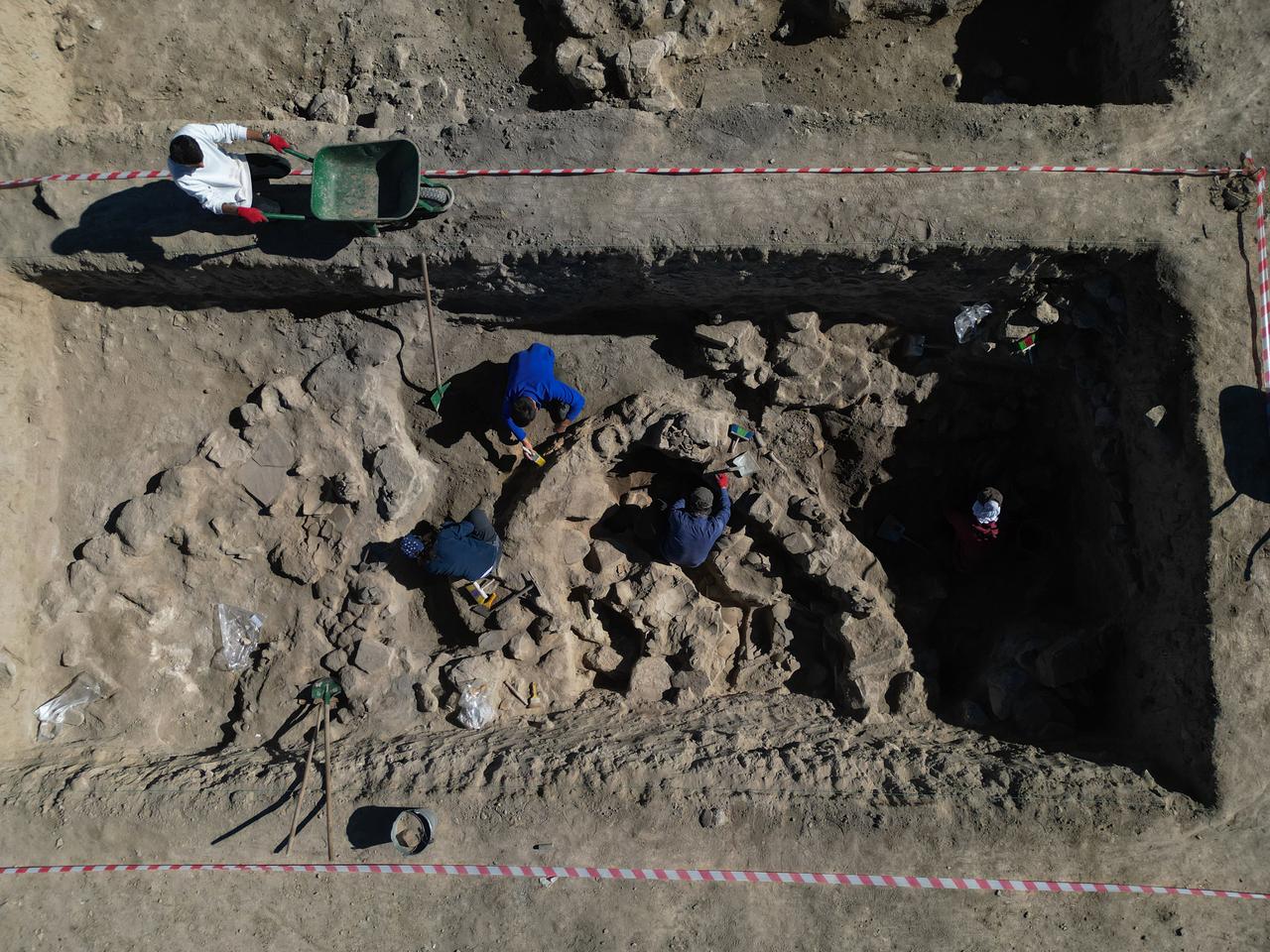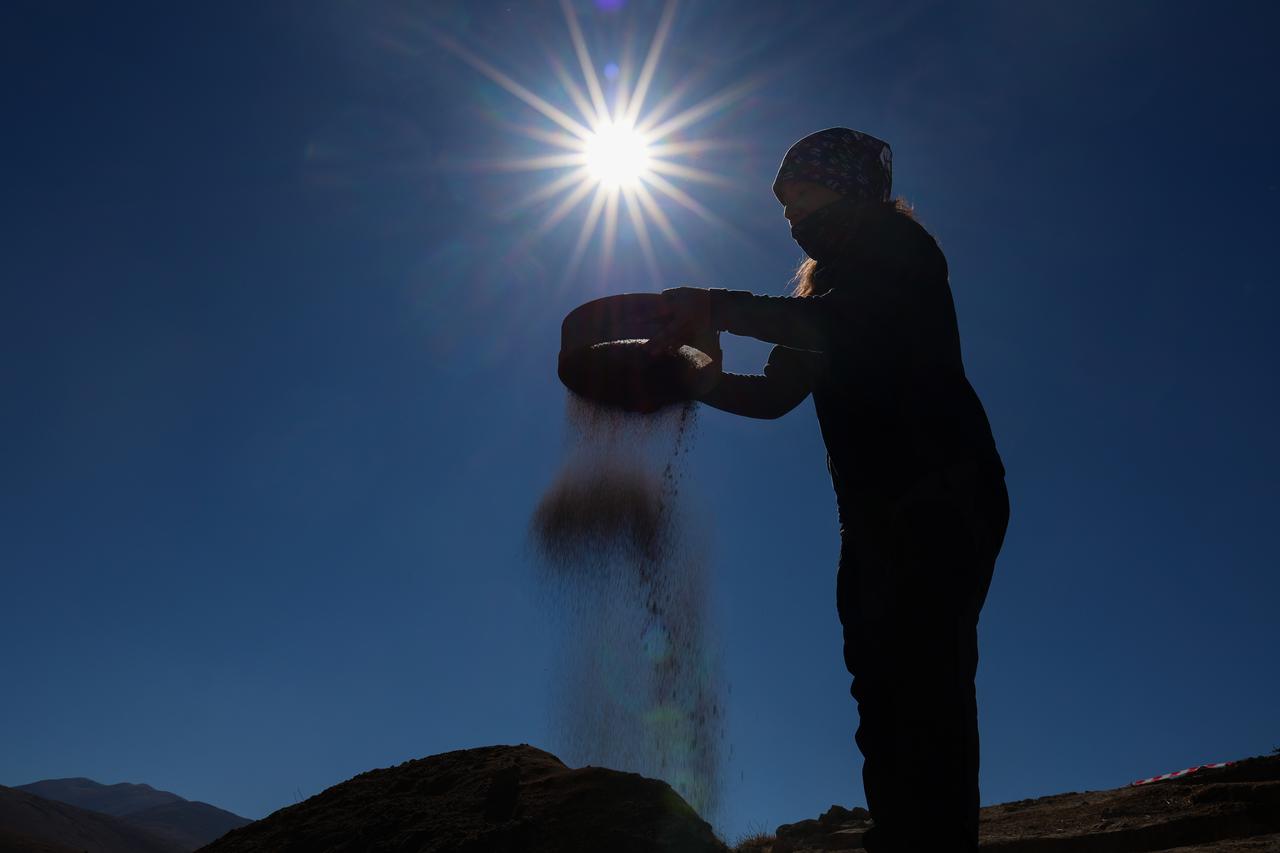
Archaeologists working at Iremir Hoyuk (Mound) in the Gurpinar district of Van, eastern Türkiye, have uncovered carbonized barley grains believed to date back approximately 5,000 years, offering new insight into agricultural practices during the Early Bronze Age in the region. The find was made in a domestic kitchen area where grinding stones, storage vessels, animal bones, and a clay oven were also identified in their original usage positions.
The excavation has been carried out since 2020 under the supervision of Van Museum and the scientific direction of Professor Hanifi Biber from Van Yuzuncu Yil University (YYU), with a team of archaeologists, anthropologists, and art historians working together.

Researchers located a kitchen zone adjacent to a storage space identified in previous seasons. The discovery included a clay oven alongside ceramic vessels, grinding stones, and fragments of a large storage jar. Within and around this jar, archaeologists retrieved barley grains preserved through carbonization. These grains will now undergo laboratory analysis to determine more precise dating and environmental details.
Professor Biber emphasized that the kitchen area was discovered in situ, a term referring to archaeological materials found in the exact place where they were once used. He noted that this preservation adds significant value to the interpretation of daily life at the settlement.

The excavation team has identified eight cultural layers at Iremir Hoyuk, making it one of the oldest continuously investigated settlement sites in the region. The main occupation levels belong to the cultural zone commonly known as Karaz or Early Transcaucasia, a cultural horizon stretching from eastern Anatolia through the South Caucasus during the Early Bronze Age.
Professor Biber explained that the newly unearthed structures and storage vessels show that Iremir Hoyuk played a larger agricultural role than previously assumed. The presence of obsidian cutting tools, bone implements, grinding stones, and large storage jars suggests a community structured around food production and preservation.

Associate Professor Hakan Yilmaz of YYU noted that animal bones recovered at the site provide important clues regarding prehistoric subsistence strategies in the region before the rise of the Urartu Kingdom. The remains indicate significant small livestock herding, with fewer signs of cattle raising. The team also identified bones belonging to wild goat, red deer, and bear, suggesting occasional hunting activities.
Yilmaz highlighted that while many archaeological projects in the Van region focus on Urartian fortresses and necropolises, Iremir Hoyuk represents an earlier phase of settled life, making it crucial for understanding the region’s deeper historical development.

Taken together, the discoveries at Iremir Hoyuk reveal a settlement where food storage, grain processing, cooking, and small animal herding were central to daily life. The carbonized barley grains, in particular, help researchers reconstruct agricultural systems that shaped the early cultural landscape of the Lake Van basin.
Professor Biber expressed his thanks to Türkiye’s Ministry of Culture and Tourism, the Van Governorate, YYU Rectorate, and local district administrations for supporting the excavations.